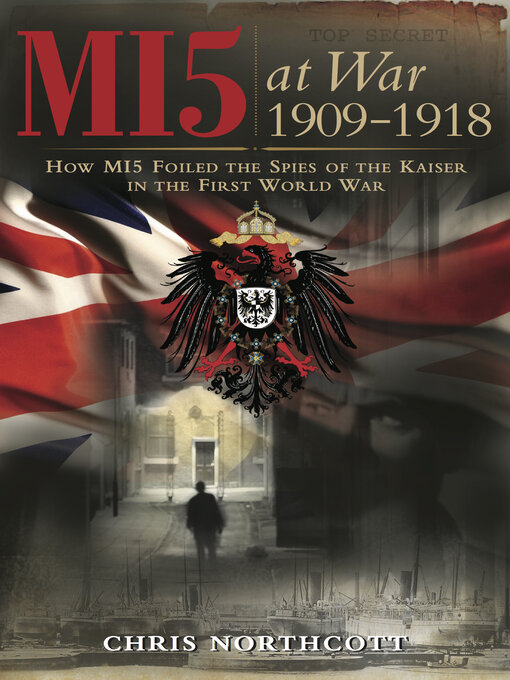- Arts & Crafts
- Fitness and Health
- Outdoor Recreation
- Biography & Memoir
- Business
- History
- All Nonfiction
- See all
-
Description
-
Details
Using hitherto neglected documents from official archives, this study examines how MI5 foiled the spies of the Kaiser during the First World War, paying particular attention to the preventive measures the organization instituted to ‘frustrate’ espionage and how its investigations to ‘cure’ espionage were conducted. In so doing, intelligence specialist, Chris Northcott, also delivers an appreciation of how MI5 saw its work as being divided between preventive measures and investigative work, providing an informative and intriguing insight into MI5’s development during its first ten years.
MI5 began as a one-man affair in 1909, tasked with the limited remit of ascertaining the extent of German espionage in Britain amidst an uncertain future. By the armistice MI5’s role had expanded considerably and it had begun to develop into an established security intelligence agency, with hundreds of personnel spread over six branches covering the investigation of espionage, records, ports and travelers and alien workers at home and overseas.
This book offers an original and important contribution to our knowledge of the origins of Britain’s security services. In using the example of MI5’s contest against German spies during the First World War era, it forms a groundbreaking study of counterespionage strategy and tactics, and it poses the stimulating question of ‘how to measure’ the effectiveness of a counterespionage agency. It also sets out probably the most detailed description of MI5’s organizational structure available.

Kindle Book
- Release date: June 19, 2015
OverDrive Read
- ISBN: 9780957689299
- Release date: June 19, 2015
EPUB ebook
- ISBN: 9780957689299
- File size: 6775 KB
- Release date: June 19, 2015
PDF ebook
- ISBN: 9780957689299
- File size: 14145 KB
- Release date: June 19, 2015
Formats
Kindle Book
OverDrive Read
EPUB ebook
PDF ebook
Kindle restrictions
subjects
Languages
English
